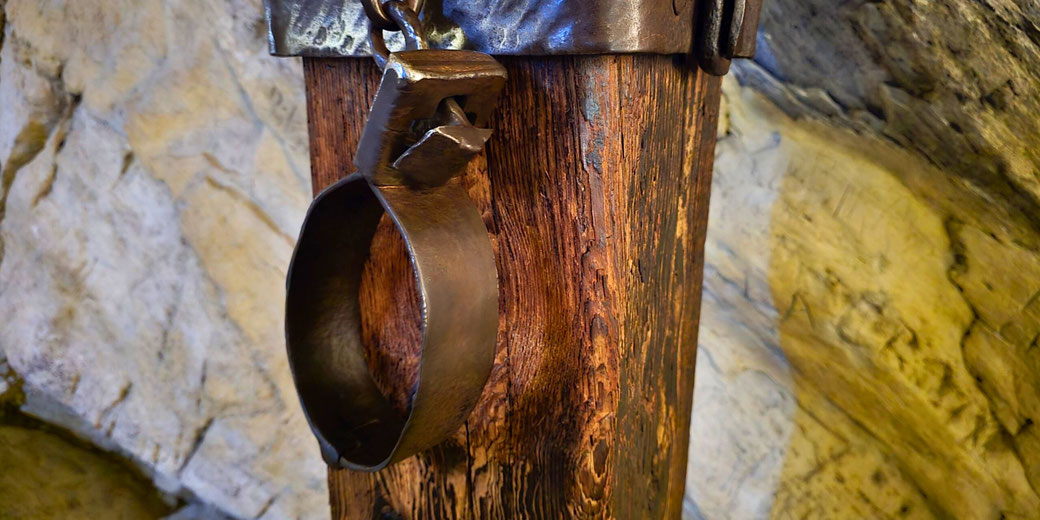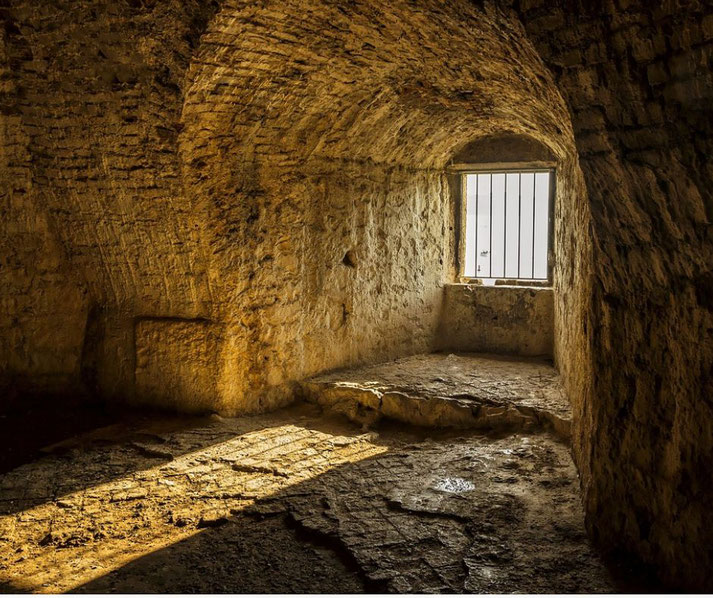Medieval justice: Crime and punishment in the Middle Ages

The Middle Ages, which lasted roughly from the 5th to the late 15th century, was a time when a person's punishment for crime was based mostly on where they sat on the social structure.
In ways that seem unfair to us today, the length and severity of punishment could be much less if you were rich and powerful.
However, the goal of the justice system was still to punish offenders, keep order, and even scare others from breaking the law in the future.
Types of crimes in the Middle Ages
Crimes in the Middle Ages were divided into two main categories: minor offenses (misdemeanors) and serious offenses (felonies).
Minor crimes included things like stealing small items, being drunk in public, or causing trouble.
These crimes often led to punishments like monetary fines, time in the stocks, or even physical punishment, depending on how serious the crime was and the person's social status.
Serious crimes included offenses like murder, treason, arson, and highway robbery.
Such acts usually led to much harsher punishments, like execution or mutilation.
Petty theft was very common, but even stealing food could lead to severe punishment.
In a society where most people were farmers and only had just enough to survive, stealing someone's food was a big deal because it could mean that the family would not have enough to eat.
Stealing livestock, for example, could mean losing an important source of food, labor, or income.
The feudal system, which was based on loyalty and duties, also meant that disobeying your lord was treated as a serious crime.
Disobedience could include refusing to work the land, not paying taxes, or challenging a noble's authority.
Such disobedience threatened the social order.

How were people punished?
Punishments in the Middle Ages were meant to be a public event, which were designed to be humiliating, and often very painful.
People believed that public punishments would scare others from committing crimes.
There were no police forces like we have today, so local lords, judges, or even the community were responsible for justice.
Here are some common types of punishment:
Fines and Compensation (Wergild)
For lesser crimes, especially among the Anglo-Saxons, fines were common. This system, called wergild (“man price”), was a way of paying compensation to the victim's family. The amount depended on the social status of the victim—for example, killing a noble required a much larger payment than killing a peasant.
Public Humiliation
For minor crimes like cheating or petty theft, offenders could be publicly humiliated. They might be put in stocks or a pillory, where they were locked in a wooden frame in the town square. People passing by could throw rotten vegetables or even stones at them, making it a public event.
Corporal Punishment
Physical punishments were common and could be very brutal. Whipping, branding, and mutilation were often used for crimes like theft. Repeat offenders might have their hands or faces branded with a hot iron so they could be easily recognized.
Capital Punishment
Serious crimes like murder, treason (betraying one's lord or king), or witchcraft could lead to execution. Methods of execution included hanging, which was the most common, and beheading, which was sometimes reserved for nobles. Burning at the stake was used for heresy (beliefs that went against the teachings of the Church) or witchcraft, showing the influence of the Church in matters of justice.

Trial by Ordeal and Trial by Combat
Justice in the Middle Ages often involved spiritual tests, like trial by ordeal. If there wasn't enough evidence to decide if someone was guilty, they might have to go through a test that was believed to show God's judgment.
One example was ordeal by water, where the accused was thrown into water—if they floated, they were considered guilty because it was believed that pure water would reject a sinner.
Another method was ordeal by fire, where the accused had to carry a hot iron bar; if their wounds healed well, they were considered innocent.
Trial by combat was another way to decide justice, especially among nobles. Two people in a dispute would fight each other, often to the death, with the belief that God would help the rightful person win.
This could involve swords, maces, or other weapons, and the fight would often take place in front of an audience.
Trial by combat was used not only for criminal cases but also for disputes over property or honor.
It was often romanticized in stories and literature, making it seem more glamorous than it really was.
In reality, it was a brutal and dangerous way to resolve conflicts, and the outcome often depended on the combatants' physical strength and skill rather than true justice.
This method was also a way for powerful people to settle disputes without going through a regular court, where the process might be slower and less favorable to them.

The Influence of the Church
The medieval Church played a major role in the justice system, especially for crimes considered to have moral or spiritual aspects.
Church courts handled offenses such as heresy (holding beliefs against the teachings of the Church), blasphemy (speaking offensively about God or sacred things), and adultery.
The Church also provided sanctuary to people accused of crimes, meaning they could seek temporary refuge in a church to avoid immediate arrest by secular authorities.
However, those accused of crimes against the faith, such as heresy, often faced severe punishments, such as burning at the stake.
What do you need help with?
Download ready-to-use digital learning resources
Copyright © History Skills 2014-2025.
Contact via email
With the exception of links to external sites, some historical sources and extracts from specific publications, all content on this website is copyrighted by History Skills. This content may not be copied, republished or redistributed without written permission from the website creator. Please use the Contact page to obtain relevant permission.





